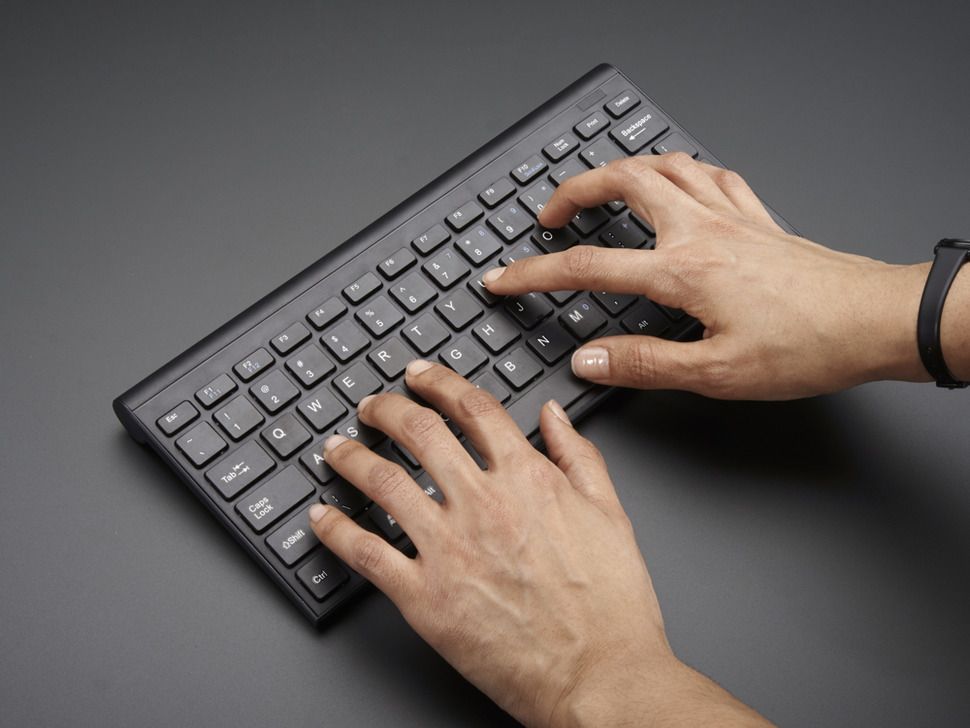Mastering Touch Typing: Unlocking Efficiency and Precision
Understanding Touch Typing
Touch typing is a method of typing without the need to look at the keyboard. It involves using all ten fingers to strike keys in a systematic way, allowing for increased speed and accuracy. Unlike the hunt-and-peck method, where typists search for each key, touch typists learn to recognize the position of each key through muscle memory. This technique is crucial in today’s digital age, where typing skills are often essential for success in both academic and professional settings. By mastering touch typing, individuals can significantly enhance their productivity, streamline their workflow, and reduce the strain associated with prolonged typing sessions.
The Benefits of Touch Typing
One of the primary advantages of touch typing is the significant increase in typing speed. Once the technique is mastered, many typists can achieve speeds of over 60 words per minute, with some reaching upwards of 100 words per minute. This speed allows for quicker completion of tasks such as writing reports, emails, and other documents. Moreover, touch typing reduces the likelihood of errors, as the muscle memory developed during practice enables typists to strike the correct keys with greater consistency. This leads to less time spent on proofreading and correcting mistakes, ultimately improving overall efficiency. Additionally, touch typing can reduce physical strain on the hands and wrists, as proper finger placement and posture are encouraged, thereby minimizing the risk of repetitive strain injuries.
Techniques to Improve Touch Typing Skills
To become proficient in touch typing, several techniques can be employed. First and foremost, using proper finger placement is essential. Each finger is responsible for a specific group of keys, and maintaining this structure is crucial for speed and accuracy. Additionally, engaging in regular practice through typing exercises or online programs can reinforce muscle memory and improve proficiency. Many typing software options offer structured lessons and timed tests to track progress. Moreover, it is beneficial to familiarize oneself with keyboard shortcuts and common typing patterns to further enhance efficiency. As with any skill, consistency and practice are key—dedicating a set amount of time each day to touch typing practice can yield significant improvements over time.
Overcoming Challenges in Touch Typing
While touch typing offers numerous benefits, many individuals encounter challenges when learning this skill. One common obstacle is frustration due to slow initial progress. It is essential to remain patient and understand that proficiency develops over time. Additionally, some learners may struggle with the shift from traditional typing methods to touch typing. To combat this, it can be helpful to set realistic goals and celebrate small milestones. Using engaging typing games and exercises can also make the learning process more enjoyable. Finally, fostering a conducive learning environment—free from distractions and with comfortable seating—can greatly enhance the experience. By addressing these challenges, individuals can successfully transition to touch typing and enjoy its many advantages.
In conclusion, touch typing is an invaluable skill that can greatly enhance typing speed, accuracy, and overall productivity. By understanding its benefits, employing effective techniques, and overcoming common challenges, anyone can master touch typing and unlock their full potential in today’s fast-paced digital world.

